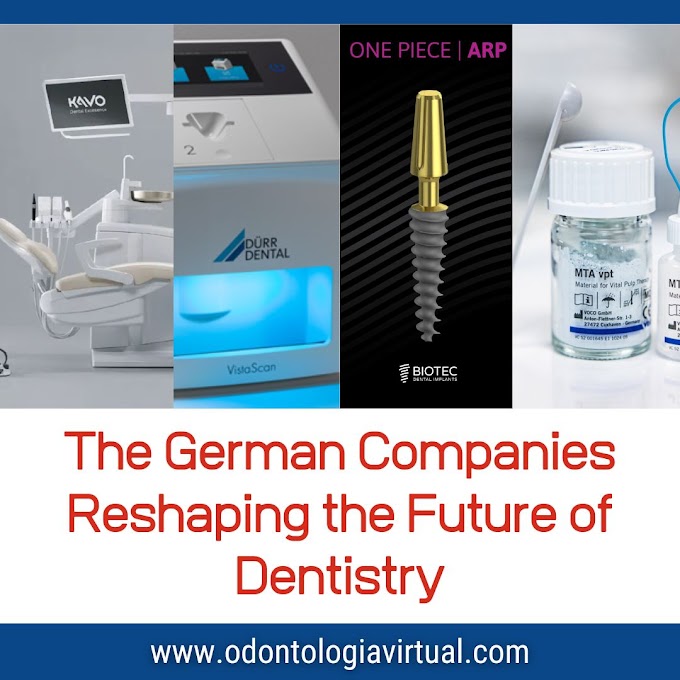Magnetic Resonance Imaging (MRI) is increasingly recognized as a valuable diagnostic tool in dentistry, especially in scenarios that require high-resolution visualization of soft tissues without exposure to ionizing radiation.
While cone-beam computed tomography (CBCT) and digital radiographs remain the mainstays of dental imaging, dental MRI is gaining prominence due to its non-invasive nature, multiplanar imaging capabilities, and exceptional contrast resolution for soft tissue structures.
The shift toward more advanced diagnostic imaging in dentistry is driven by growing clinical demands for precision, particularly in evaluating temporomandibular joint (TMJ) disorders, salivary gland pathologies, orofacial pain, and soft tissue tumors.
MRI offers a clear advantage in these cases, as it provides unparalleled visualization of internal structures such as the articular disc, muscles, nerves, and vascular components, without radiation exposure.
Furthermore, dental MRI plays a promising role in digital dentistry workflows, including 3D surgical planning, implant placement in sensitive anatomical areas, and functional assessment of orofacial structures.
As research and technology continue to evolve, MRI is poised to become a complementary—if not essential—imaging modality in many dental specialties.
Main Clinical Applications of Dental MRI
1. Temporomandibular Joint (TMJ) Disorders
MRI is the gold standard for assessing TMJ disorders, offering detailed images of the articular disc, condylar position, joint effusion, and inflammatory changes.
2. Salivary Gland Pathology and Sialolithiasis
MRI, especially in the form of MR sialography, is a non-invasive method to evaluate salivary glands, detect tumors, sialadenitis, and ductal obstructions—without requiring contrast media.
3. Oral Soft Tissue Tumors and Cysts
Dental MRI is effective in characterizing benign vs malignant soft tissue lesions, defining lesion borders, and planning surgical approaches with precision.
4. Orofacial Pain and Neuropathies
MRI can be used to investigate trigeminal neuralgia, unexplained facial pain, or neuromuscular conditions when other imaging methods are inconclusive.
5. Pre-Implant and Surgical Planning
MRI offers a radiation-free alternative for evaluating bone and soft tissue anatomy in complex cases, particularly in children, pregnant patients, or medically compromised individuals.
Limitations and Considerations
✔ Metallic Artifacts: Restorations, implants, and orthodontic appliances can distort MRI images, reducing diagnostic quality in certain areas.
✔ High Cost and Limited Availability: MRI machines are not typically found in dental clinics, and referrals may be necessary.
✔ Longer Scan Time: MRI requires patients to remain still for extended periods, which may be difficult in some cases.
Conclusion
As dentistry continues to embrace digital innovation and minimally invasive diagnostics, Magnetic Resonance Imaging is establishing itself as a powerful complementary tool—particularly in specialties where soft tissue evaluation is critical.
Although it may not yet be standard practice in general dental clinics, its non-ionizing nature, diagnostic accuracy, and potential integration into digital workflows position dental MRI as a promising modality for the future.
With increasing research, improved imaging protocols, and growing accessibility, it is likely that MRI will expand its role in advanced dental diagnosis and treatment planning, offering clinicians a broader, safer, and more precise imaging alternative—especially in complex or medically sensitive cases.
Investing in awareness and understanding of dental MRI today can prepare practitioners for a future where radiology without radiation becomes the new norm.
Scientific References
✔ Dental MRI—only a future vision or standard of care?
Dentomaxillofacial Radiology, 2023
✔ MRI in Dentistry
British Dental Journal, 2024
✔ Magnetic Resonance Imaging in Digital Dentistry: The Start of a New Era
Prosthesis, 2024













